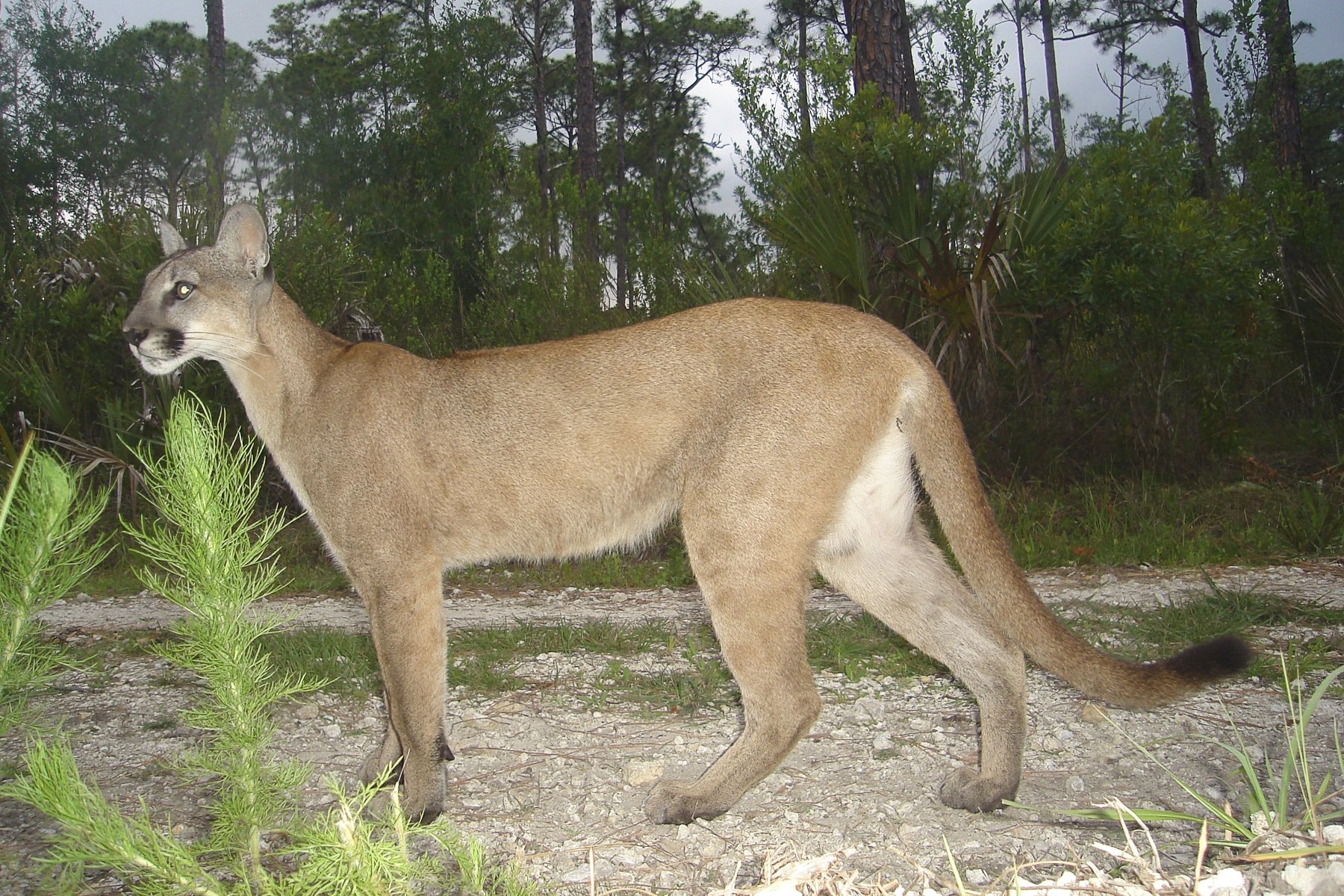
WASHINGTON— A new Environmental Protection Agency evaluation finds rodenticides are harming more than 130 endangered species and pushing at least 73 toward extinction.
The analysis released Friday assessed 11 active ingredients found in the vast majority of rodenticide products used by pest control companies, residential consumers and agriculture. The agency also proposed new measures to reduce unintentional wildlife poisonings and better protect endangered species.
“Rat poisons wreak havoc up and down the food chain by unintentionally poisoning wildlife, leading to disease, internal bleeding and death,” said Jonathan Evans, environmental health legal director at the Center for Biological Diversity. “This is an important step forward, but we hope the EPA continues to strengthen efforts to ensure endangered wildlife like the Florida panther, black-footed ferrets and California condors are fully protected from these deadly poisons.”
The EPA’s proposals to limit the rodenticides’ harms include requiring bait to be placed in tamper-resistant bait boxes to reduce unintentional ingestion by non-target animals; limiting use within the habitat of endangered species; limiting broad application of some loose rat poisons on agricultural fields; requiring that only licensed professionals apply certain types of rodenticides; and requiring users of the poisons to collect carcasses of poisoned rodents to avoid poisoning upper-level predators.
The EPA’s new proposals were completed as part of a legal agreement with the Center to address the agency’s decades of non-compliance with the Endangered Species Act.
The EPA’s new measures would better protect wildlife from unintentional poisonings. But data from past rodenticide restrictions suggests the new protections will still leave many wildlife species at risk because predators like hawks, owls and mountain lions eat poisoned rodents.
Measures much like those proposed Friday by the EPA have not proven effective to adequately protect wildlife when used in the past. Despite making some anticoagulant rodenticides available only to licensed professionals in California, officials noted that reported rates of non-target wildlife exposure to second-generation anticoagulant rodenticides did not decrease and wildlife, such as California’s mountain lions, were still exposed at high rates.
Anticoagulant rodenticides have been found in 96% of bald eagles tested. Bald eagles are frequently poisoned and killed by rodenticides. State regulators have documented unintended poisonings in at least 38 different species in California alone, including the imperiled San Joaquin kit fox, northern spotted owl and California condor.
Rodenticides also pose a serious risk to people. More than 8,500 cases of human poisonings were reported in 2021 by the American Association of Poison Control Centers, including more than 8,000 involving children.
Less-toxic rodenticides and a variety of effective traps are available to control rodent infestations. To learn more about these and other safer alternatives, visit SafeRodentControl.org.
